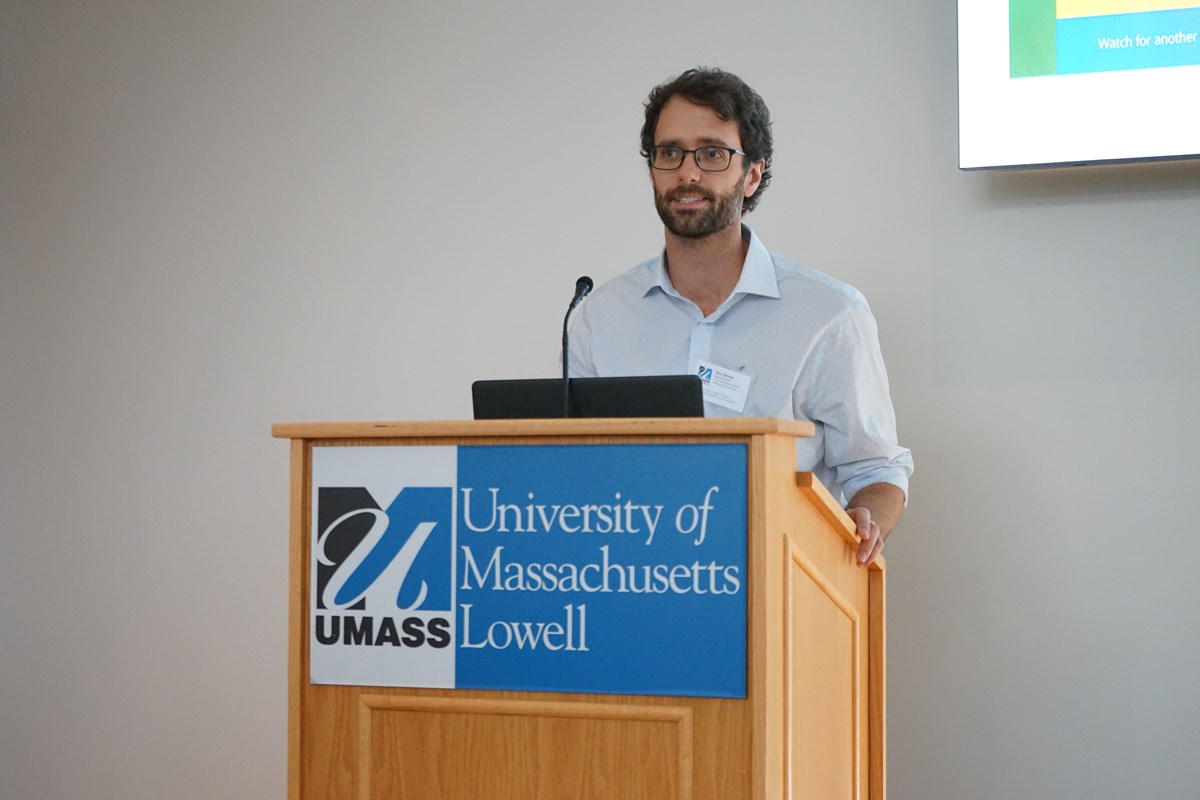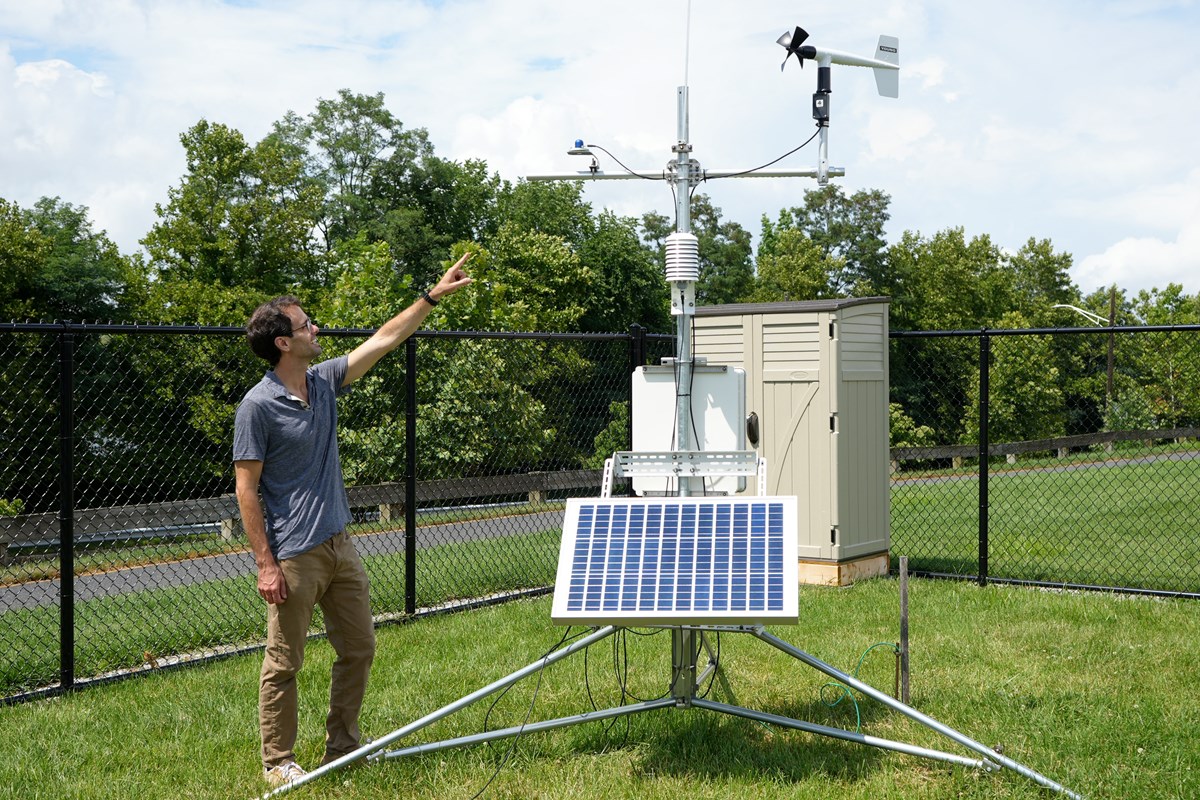 Image by Pixabay
Image by Pixabay
Researchers are studying how changes in trees and other vegetation affect climate.
Climate change is impacting the world around us.
The long-term shift in weather patterns has resulted in hotter temperatures, rising sea levels and the loss of wildlife. It has affected agriculture and human health. It has played a role in increasing extreme weather events, from droughts to extreme precipitation.
Climate change has also led to physical changes in plant life, and those changes, in turn, exacerbate climate change.
“It’s this whole cycle,” says Christopher Skinner, assistant professor in the Department of Environmental, Earth and Atmospheric Sciences (EEAS). “As the climate changes, the vegetation itself starts to change in a lot of different ways, and each one of those ways can then cause further climate change.”
Skinner is partnering with EEAS Prof. Mathew Barlow to develop a better understanding of how changes in vegetation, such as wild dune grass and towering oak trees, contribute to climate change. The National Science Foundation is funding their research with a grant worth nearly $400,000.
 Image by Brooke Coupal
Image by Brooke Coupal
Asst. Prof. Christopher Skinner is the principal investigator for the project.
The researchers are focusing on three vegetation changes influenced by climate change, the first being changes in the plant’s life cycle. Climate change has caused leaves to emerge prematurely, which results in plants drawing water out of the ground earlier than they did before.
“This affects the soil moisture and can influence extreme weather events such as heat waves and precipitation,” Skinner says.
Skinner and Barlow are also looking into carbon dioxide (CO2) fertilization, in which the increase in CO2 in the atmosphere causes plants to grow faster and bigger. This results in the plants drawing more water out of the ground, which also affects soil moisture.
Contrarily, the increase in the atmosphere’s CO2 can lead to increased water use efficiency, in which plants do not need as much water to sustain their growth. This can leave the ground saturated, promoting flooding during heavy rains.
“We suspect that changes to the seasonal timing and amount of vegetation can have an important impact on the risk of several types of extreme events, including wildfires, drought, flooding and heat waves,” Barlow says. “This project will enable us to get a much clearer picture of those relationships.”
 Image by Brooke Coupal
Image by Brooke Coupal
Prof. Mathew Barlow is assisting with investigating the relationships between vegetation and climate change.
“We’re designing model experiments where we can tease out those individual effects and quantify them to understand how they’re influencing climate,” Skinner says. “That’s the novel piece of what we’re doing — coming up with a way to isolate these three vegetation processes.”
The researchers are involving students in the project, giving them experience with climate models. Earth System Science Ph.D. student Ali Fallah ’23 has already dived in.
“Vegetation processes are so complex,” he says. “Understanding changes in vegetation will make for better predictions of future climate and extreme events.”
Skinner echoed Fallah.
“The hope is we can identify what vegetation processes are most important, so we can refine these models and come to a greater understanding of the future climate,” he says. “We’re narrowing the uncertainty of the future.”


